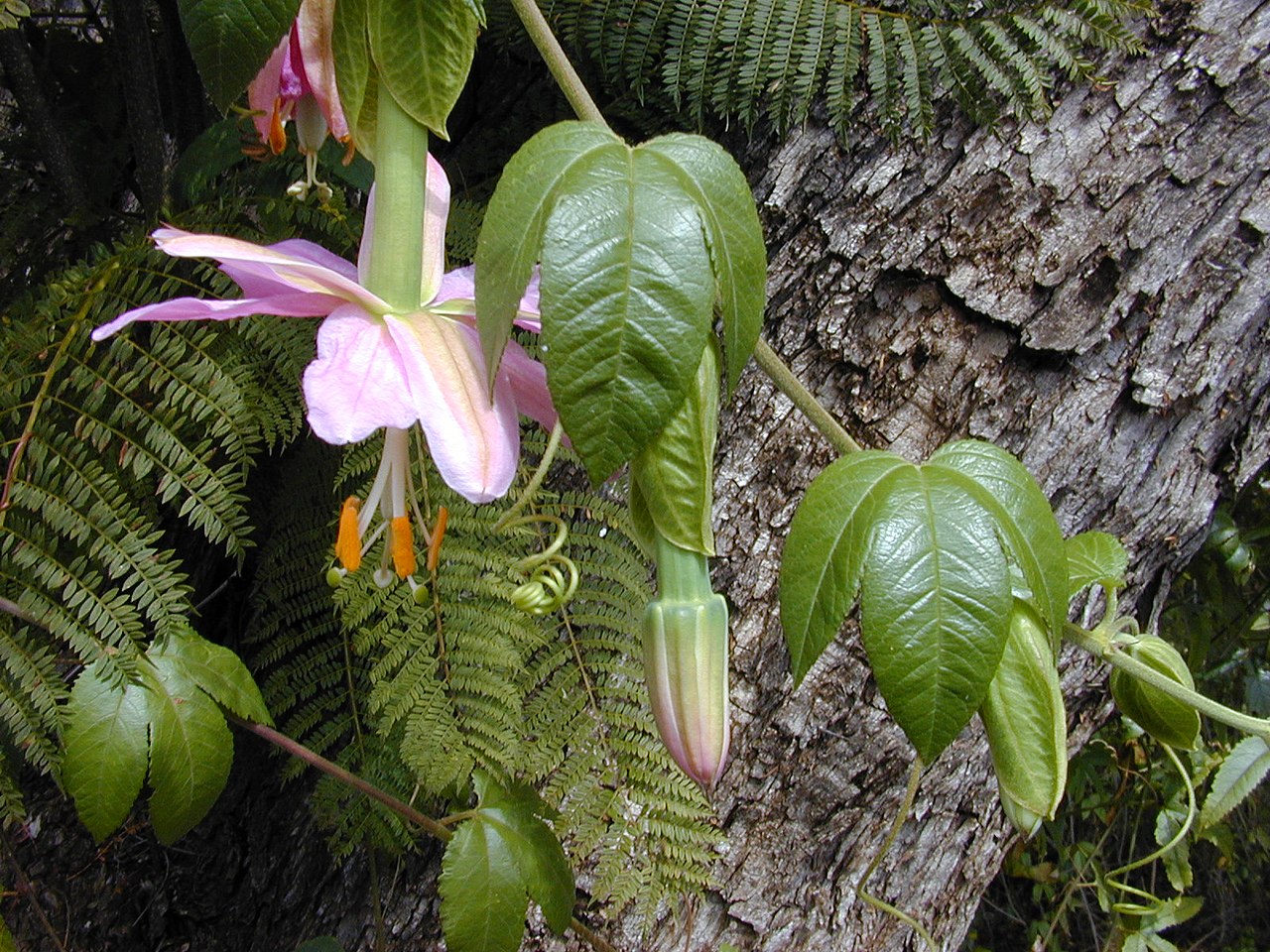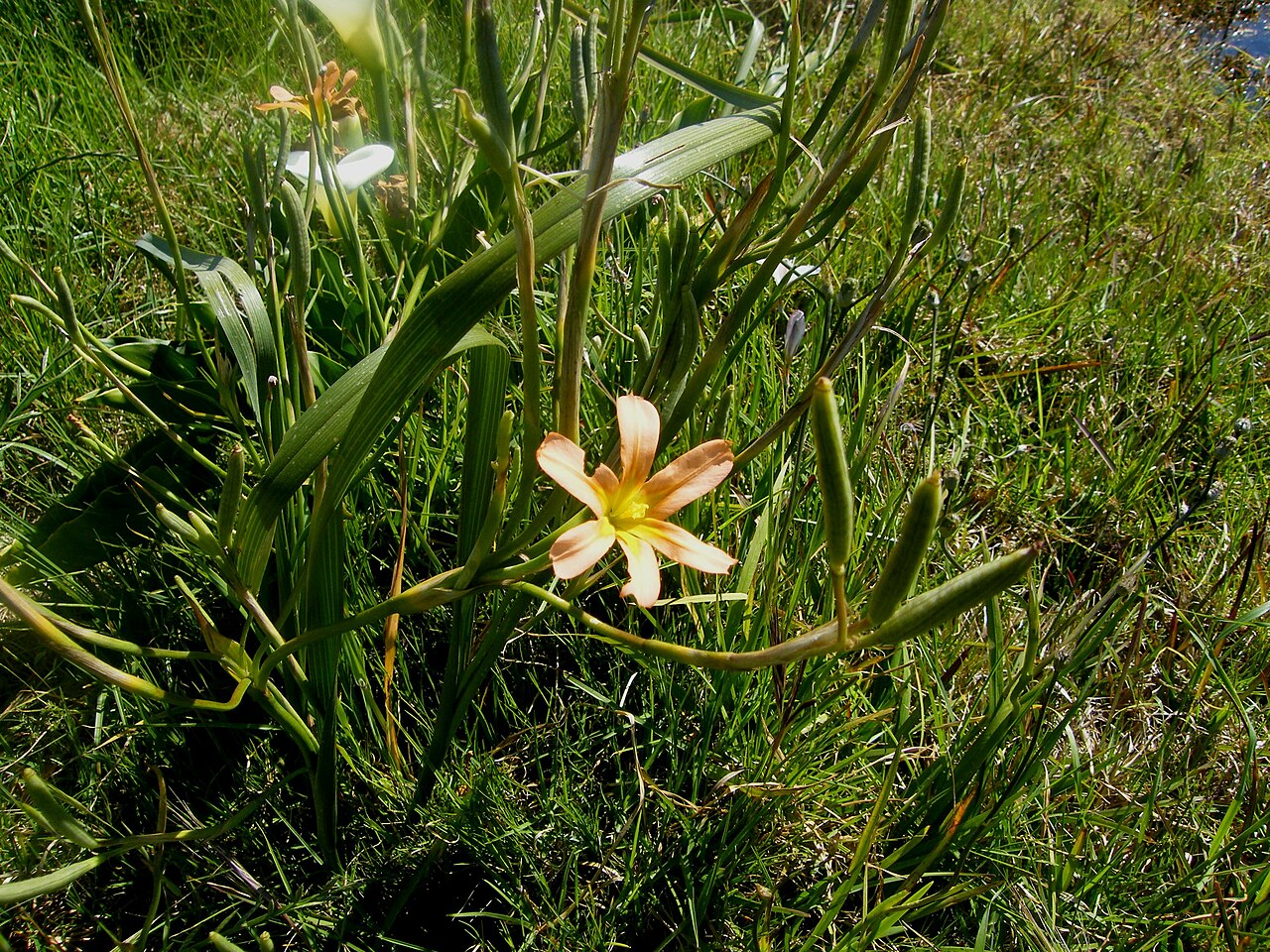
Common Name
Artichoke Thistle, Artichoke Cardoon, Wild Artichoke, Desert Artichoke, Spanish Artichoke, Scotch Thistle Cardoon, Globe Artichoke
Scientific Name
Cynara cardunculus var. scolymus
Family
Asteraceae
Lifecycle
Perennial
Seasons of Growth
Year-round
Key Distinguishing Feature
Herb with spiny leaves and edible flower buds
Growth Form: Wild Artichoke is a tall, herbaceous plant with a bushy growth habit. It can reach heights of 1 to 2 meters (3 to 6 feet).
Leaves: The leaves are large, deeply lobed, and often have spiny margins. They are typically greyish-green or silvery-green in colour.
Flowers: The flowers of Wild Artichoke are large and thistle-like, with a purple to violet colour. They are borne on thick stems in terminal clusters.
Fruit: After flowering, Wild Artichoke produces small, dry achenes (seeds) with a pappus of bristles for wind dispersal.
Roots: The plant has a deep taproot.
Ecological Impact:
- Wild Artichoke is native to the Mediterranean region but has naturalised in various parts of the world. In southern Australia, it has become invasive and disrupts natural ecosystems by outcompeting native plants.
Control Methods:
- Control of Wild Artichoke may involve mechanical, chemical, and cultural methods, particularly in areas where it is invasive.
- Mechanical methods may include mowing, cutting, or digging up the plants.
- Herbicides may be used for control, but care must be taken to use them safely and effectively, following local regulations.
- Preventing the spread of Wild Artichoke through seed dispersal or contaminated soil is essential for management.
It is important to note that Wild Artichoke is considered an invasive weed in Australia due to its ability to outcompete native vegetation, disrupt ecosystems, and reduce agricultural productivity. As such, efforts are made to manage and control its spread in affected areas. Local agricultural authorities, environmental agencies, and landowners may implement control measures to manage infestations of Wild Artichoke and prevent its further spread.
For specific guidance on controlling Wild Artichoke in your region, it is recommended to consult with local authorities or our weed management experts who are knowledgeable about the unique conditions and regulations your area.




